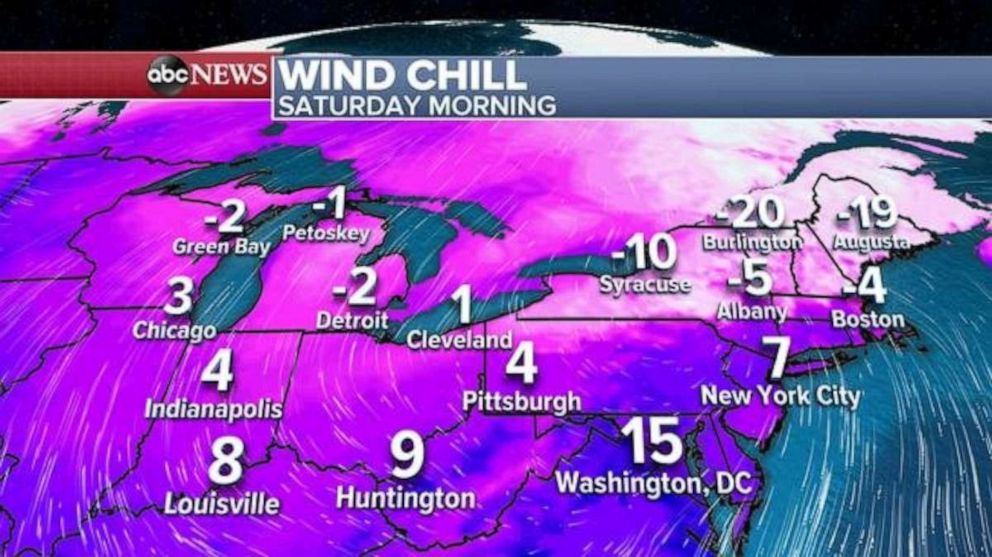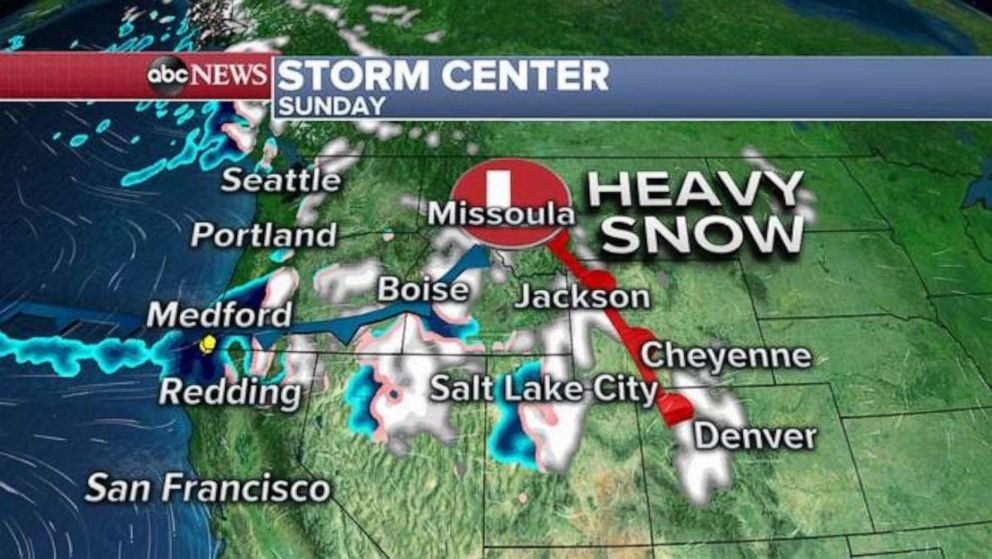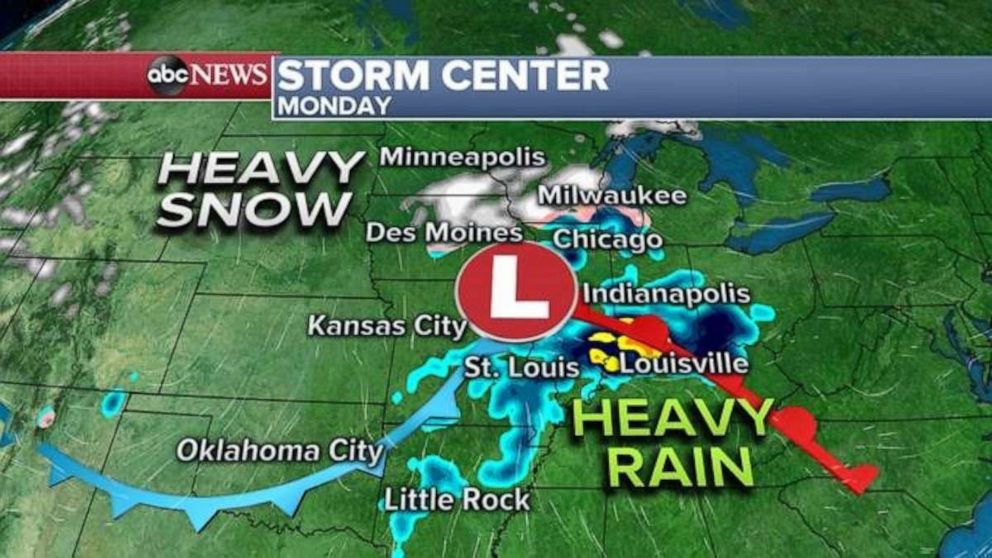Tracking the coldest air so far this winter in Midwest and Northeast as another storm moves into Pacific Northwest
Wind chill values are in the single digits in much of the country.
A bitterly cold air mass is finally making it feel like winter across parts of the upper Midwest and Northeast Saturday morning.
The coldest air mass so far this winter to hit the Northeast is bringing wind chills well below zero in parts of New England from Boston to Burlington, Vermont. Wind chill values are in the single digits this morning along the I-95 corridor from New York City to Philadelphia.

Friday was Chicago's first official below zero temperature so far this winter as the Twin Cities dipped down to -12 degrees on Friday morning, which was the coldest temperature so far this winter.
Temperatures in the Midwest are improving slightly from where they were Friday, but it's still pretty cold with wind chills in the low single digits, or just below zero degrees.
Meanwhile, parts of the South are recuperating from several rounds of heavy rain so far this year, which has caused some rivers to head into flood stage.
Parts of Jackson, Mississippi, are under mandatory evacuation orders due to the ongoing river flooding. The current forecast puts the Pearl River in Jackson at the highest level since 1983.
Jackson is just one area of the southern U.S. that has seen well above average rainfall so far in 2020, with the city running more than a foot above its year-to-date average.
Another fast-moving storm is already coming ashore in the Pacific Northwest, and once again, the storm is going to race across the country over the next few days.

After bringing some rain to the Pacific Northwest coast and the Cascades, the storm will track into the mountains late Saturday into Sunday, and bring snow from the Cascades to the Rockies.
Significant mountain snow is expected in parts of the Rockies, especially in the Colorado Rockies, where locally 1 to 2 feet of snow is on the way beginning late Saturday and lasting into early Monday. Additionally, winds will increase with gusts locally up to 50 MPH. This will cause dangerous travel conditions in the Colorado Rockies with whiteouts likely.
On Monday, a piece of this storm will move quickly into the Upper Midwest and bring a little snow and mixed precipitation to parts of the region from Iowa into Wisconsin.

And behind this system is another shot of colder air that will spill into the Midwest and eventually reach the East Coast by the middle of next week.




